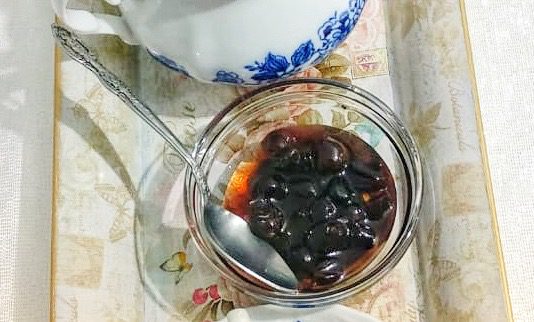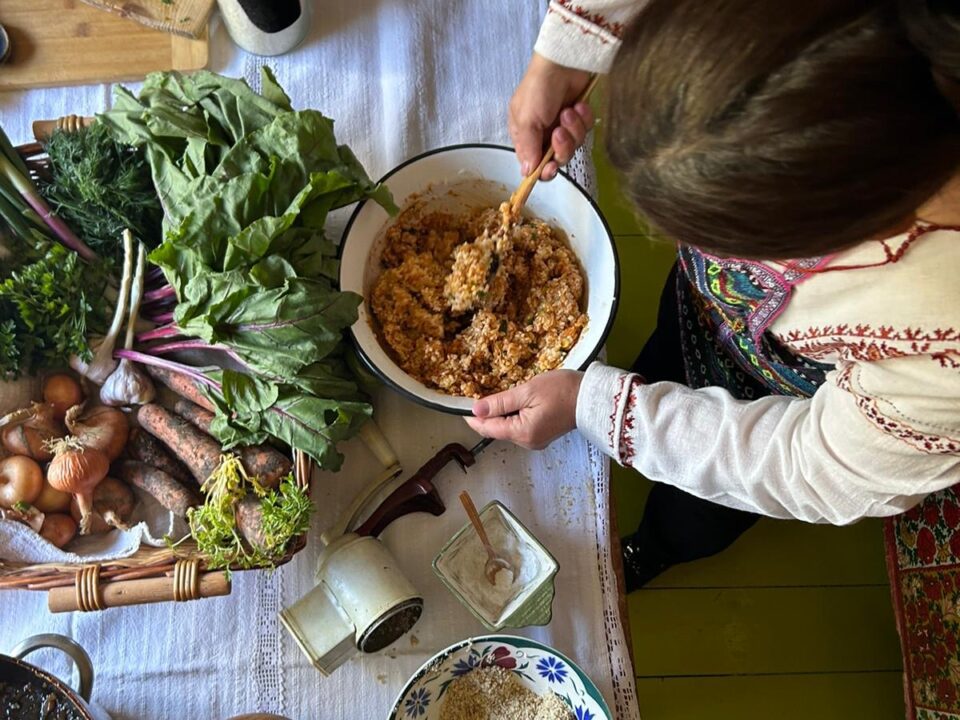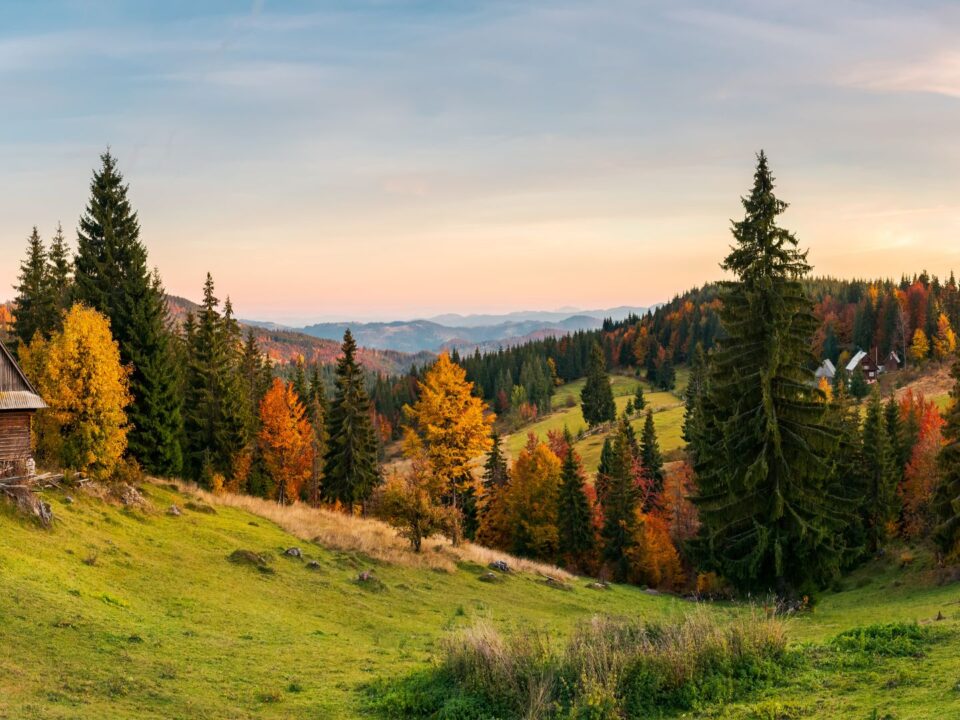
Our Summer Of Records
September 19, 2019
Time Travel Through Bucharest Old Town
March 10, 2020If in some cultures tea is central for social relations and rituals evolved around tea ceremonies and gatherings, Romanians have a coffee ceremony. It doesn’t have to be an ancestral legacy from ages beyond the horizons of history. It’s a ritual Romanians in urban areas borrowed from the Ottomans, adapted it to their own pantry and made it their own, inventing a new tradition sometime in the 18th century.
A visit to any Romanian house would probably mean nowadays a cup of coffee and chocolate.
But two centuries ago Romanian coffee came with sorbet or dulceata (the Romanian equivalent of French confiture).

Historians such as Constanta Vintila-Ghitulescu write that Romanian boyars in the 18th-19th centuries preferred strong, dark, oriental coffee, without milk, cream or sugar. High class boyars in the Southern and Eastern parts drank “Yemeni coffee” or “French coffee”; the rest of the coffee, the mixed coffee, was for the poor and less sophisticated. It’s hard to say whether it was indeed imported from the famous Al Mokha port or that came from the Yemeni mountains, but it was imported from other provinces of the Ottoman Empire.
Tea only comes into fashion for a short while during Russian occupations during 1828-1834, but coffee remains to this day the main welcoming treat for all guests in Romanian houses.
If one visited in one day ten different households, they would have to drink 10 strong dark tiny cups of coffee and eat as many spoons of sorbet, Ghitulescu writes in one her books, which reconstructs daily social routines in Romanian society in 1750-1860.
Until late in the 20th century, older Romanian women in small urban areas, especially in Eastern Moldova, made an art of sorbets and French confiture. Any grandmother would have her pantry filled with various jams and sorbets that she would bring out for her guests together with the black strong coffee served in tiny porcelain cups. Coffee and sorbets/confiture opened every visit, every conversation, every afternoon with friends. The lady of the household, even during the communist rule, would still collect the fruits from the garden orchard and experiment with the jams. That’s how you’d find in Romanian pantries green tomato jams or green walnut jams.
Slowly, as society changed and women spent less time exchanging and inventing recipes for sorbet, it was replaced by chocolate; the coffee simmered in a kettle to extract its darkest tastes was replaced by filter coffee or French press. But most Romanians still keep a kettle in their cupboard and a teaspoon with a long tail to stir in the dark drink.





2 Comments
Thank you so much for the article. I learned a great deal. Look forward to more.
I am English and came to live in Transylvania recently. Searching supermarkets and markets just a couple of things I crave but have not found. One – pickled onions. The second is tea. As you say in your pieceEnglish people need tea. I will have to order both items and have them sent. Don’t know what the regulations will be now UK is out of Europe ( I think! They are out!)
Yes, Romania is a country for herbal conconctions rather than tea. Pickle-wise, onions are not really on our taste. You can find all sorts of pickled veggies, such as green tomatoes, carrots, and, of course, the queen of pickles, cabbage. In some regions, like Eastrn Moldova and Dobruja, people also pickle tiny watermelons – quite a delicacy. But you can find imported tea in many shops, also in some supermarkets and I’m sure I saw pickled onion in Carrefour.